Simple Strategies to Teach Complex Sentences

Teaching complex sentence writing to students can be a challenging task, but it is an essential component of developing strong writing skills. These types of sentences can make writing more interesting and sophisticated, but they can also be difficult to construct.
Here are a few simple, but effective strategies you can use to help your students understand and use these sentence structures effectively.
These steps are scaffolded to build toward mastery, so differentiating is easy!
You’ll be grading better writing in no time.
1. Provide Examples of Sentence Structures
To understand complex sentences, students must understand clauses.
- Begin by reviewing the basic sentence structure of subject-verb-object and review the difference between independent and dependent clauses. Provide simple examples to illustrate the difference between the two types of clauses.
- Next, share examples of complex sentences with your students. Point out the dependent clauses and their position in the sentence. It’s good practice to point out how commas play a role in dependent clauses at the beginning of sentences.
I like to provide my students with reference sheets that help organize the information for them. We use them in practice activities as we progress through the lessons.
You can pick yours up as part of the freebie.

2. Identify Main Clauses and Dependent Clauses
After providing examples of complex sentences for the students, give them an opportunity to analyze sentences for clauses.
Identifying the main (independent) and dependent clauses exposes students to even more models of complex sentence structures, as well as ensuring they are are ready to carry their understanding into writing practice. If they can’t identify clauses, they most likely can’t use them correctly.
Students who need more support could work with partners or in a small group instructional setting, while others work independently.
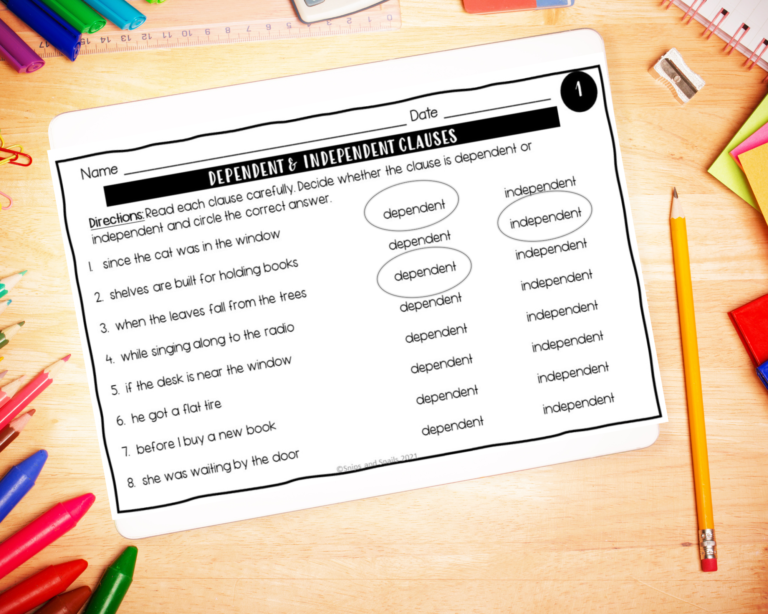
3. Identify Types of Sentences
It’s time to move on to differentiating between the types of sentence structures: simple, compound, and complex.
This may seem like an unnecessary step in the process, but I’ve caught many students at this point who confuse compound and complex sentences. This is the perfect time to identify any gaps in understanding and fix the problem before it goes too far.
Simple and straightforward, simply provide students with a variety of sentences to analyze. Students could be asked to label sentences, sort sentence strips, or any method you choose to employ.
To provide for easy tracking and data, I assign my students this activity as Boom™ Cards, but you can choose any method you like.

4. Practice Writing and Combining Sentences
It’s time to write those complex sentences!
- Building on previous practice with main and dependent clauses, begin by presenting students with a simple sentence to rewrite as a complex one.
- This task is easier for the students since they can choose any dependent clause that makes sense.
You can differentiate and increase the challenge by asking your students to write two complex sentences–one with the dependent clause at the beginning and one with the dependent clause at the end.
For example:
Simple: Tina washed the dog.
Complex 1: After taking him for a walk, Tina washed the dog.
Complex 2: Tina washed the dog because he was playing in the mud.
- Next, move on to combining two sentences into one complex sentence.
- This can be the biggest challenge for the students with these lessons since they need to look more closely at the relationship of the two sentences before rewriting.
For example: Bob played the violin. He was in a band.
Possible Complex Sentences:
While Bob was in a band, he played the violin.
Bob was in a band since he played the violin.
Note: Keep in mind that there will be many variations of possible sentences. Encourage students to play around with the words to see how many sentences they can construct.
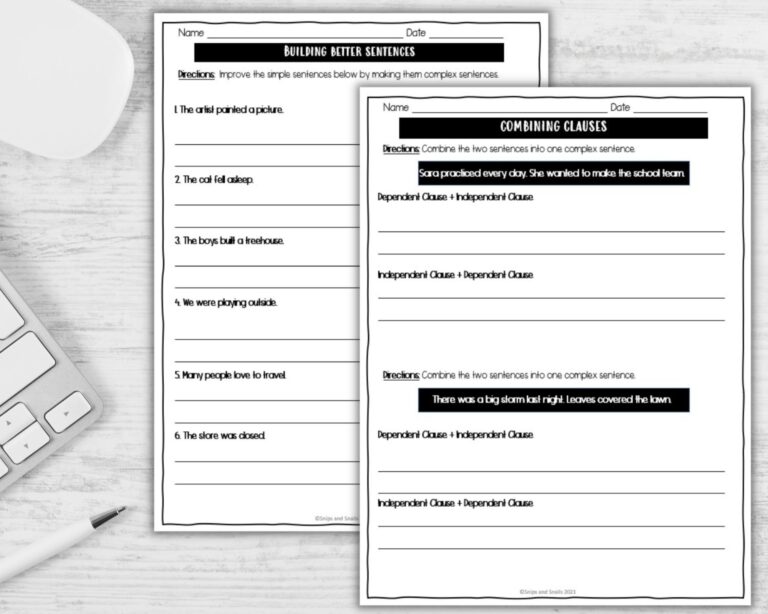
5. Reinforce with Games and Practice
To reach mastery, students will need to practice regularly. This is the perfect time to look at the steps again and differentiate for your students. Assign activities where they need reinforcement or extension.
Some activities I use in my classroom include:
- Roll and Write Sentence Activities – I’m able to differentiate by assigning various levels to student groups.
- Boom™ Cards
- Scavenger Hunts – Have students find complex sentences in the stories they read (whether class text or independent reading). This can include text from other content areas!
- Include sentence writing activities as morning work, in centers, or for practice in small groups.
- Have students check for complex sentences in their own and peer’s writing.
- Give students a subordinating conjunction and have them come up with as many complex sentences as they can.
With strategic instruction and ongoing practice, you can help students improve their writing skills and take their essays from boring to brilliant!
Don’t forget to grab your freebie!
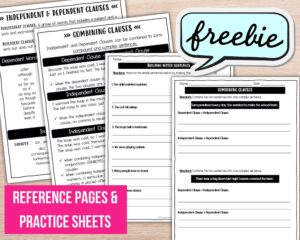

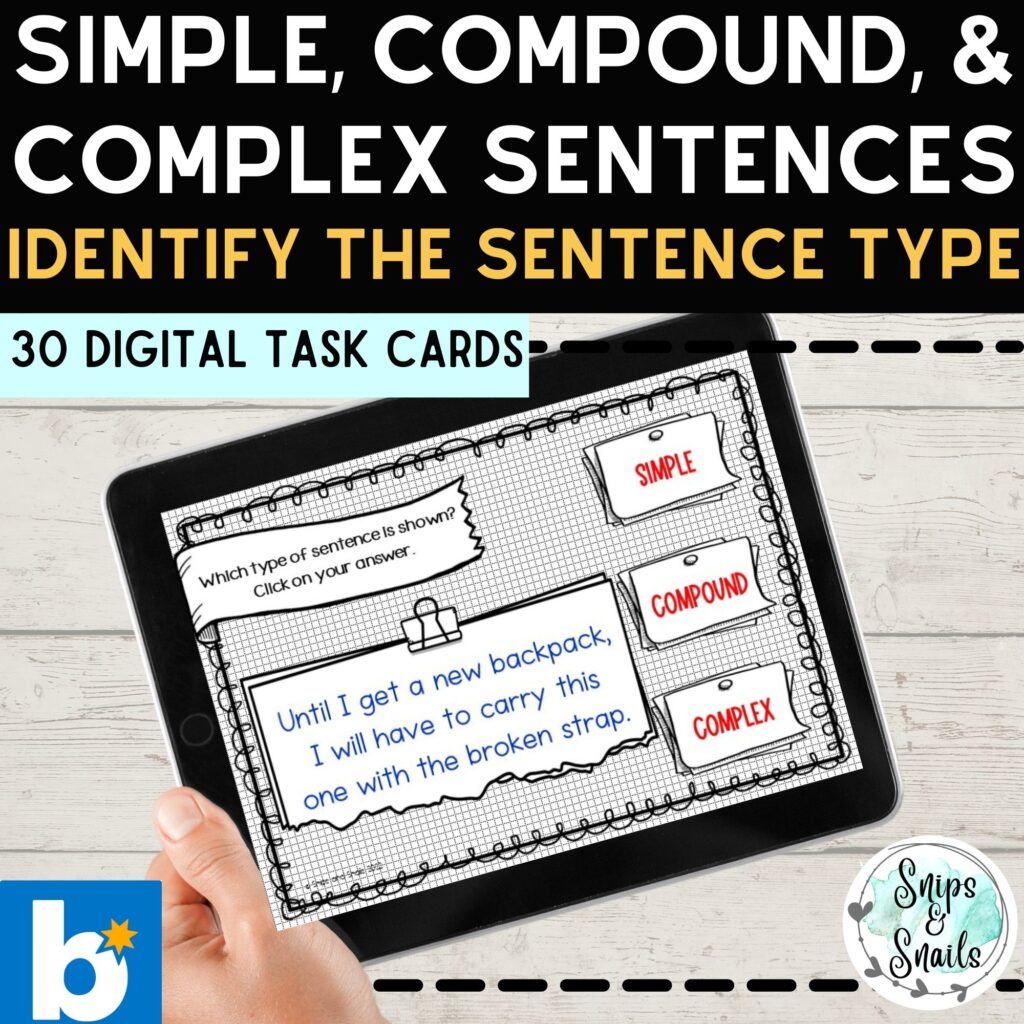
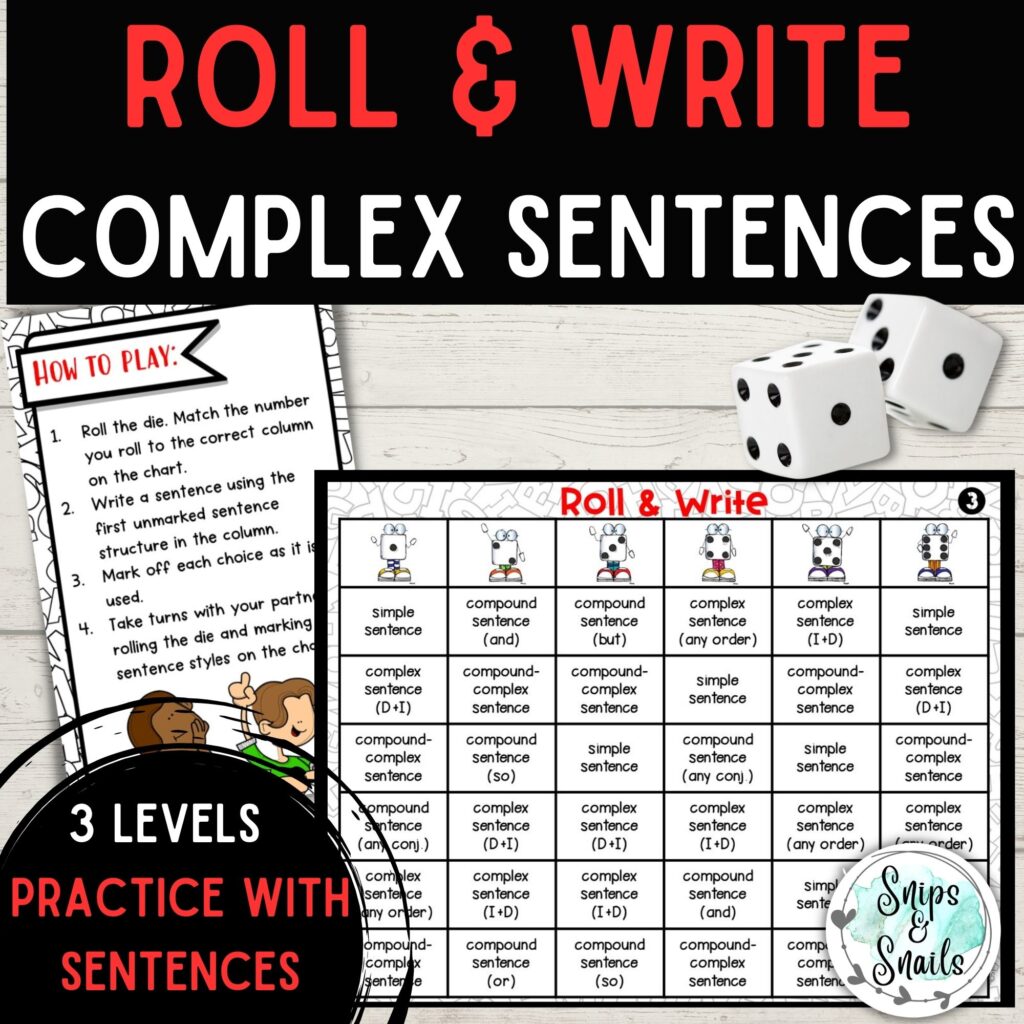
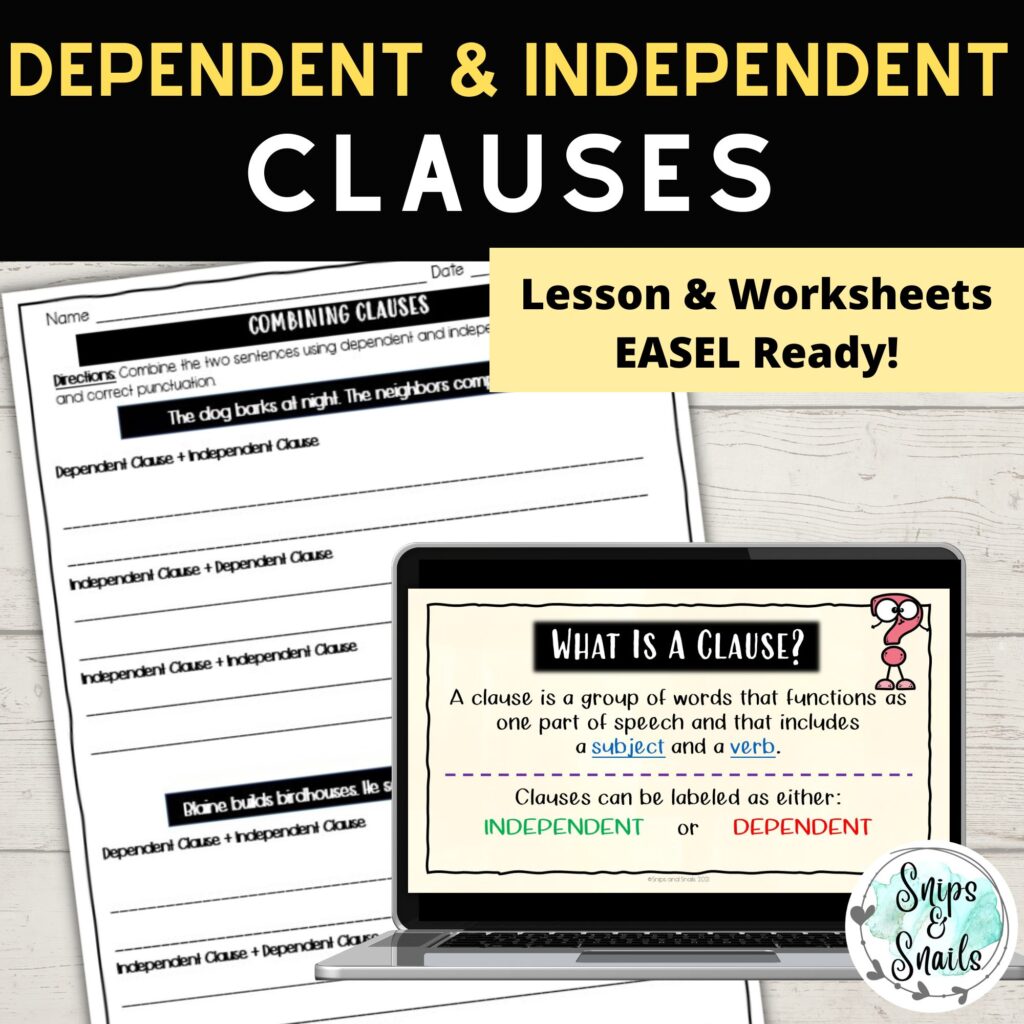

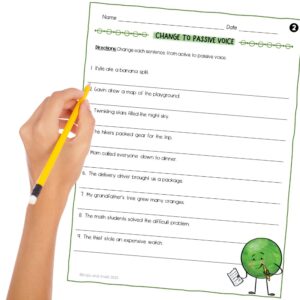
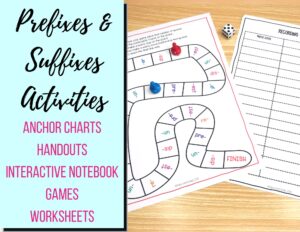
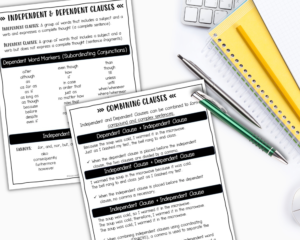
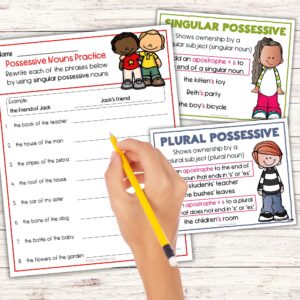
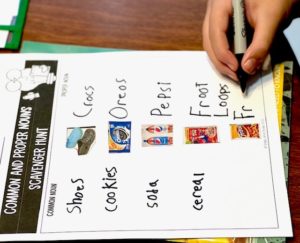

2 Responses